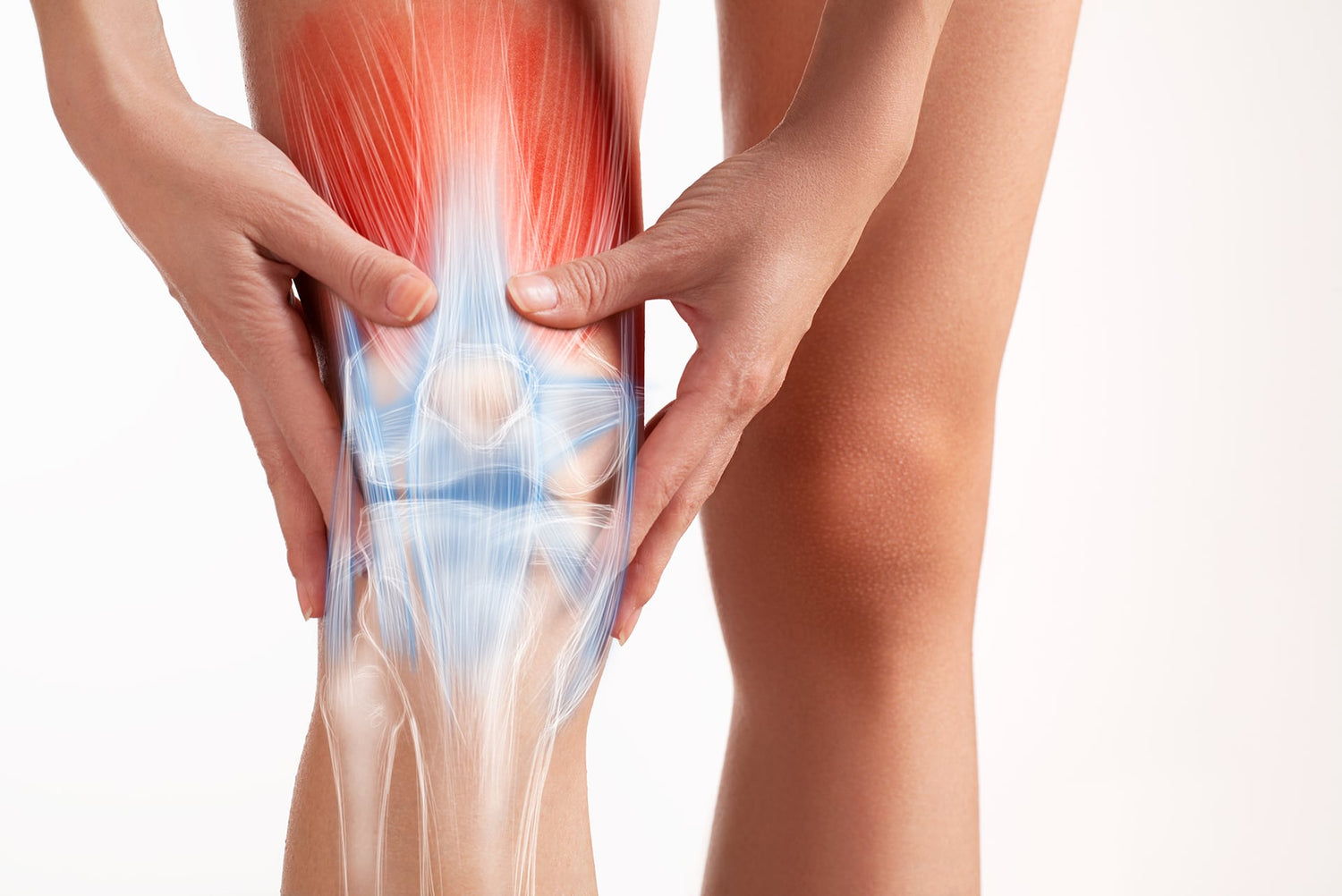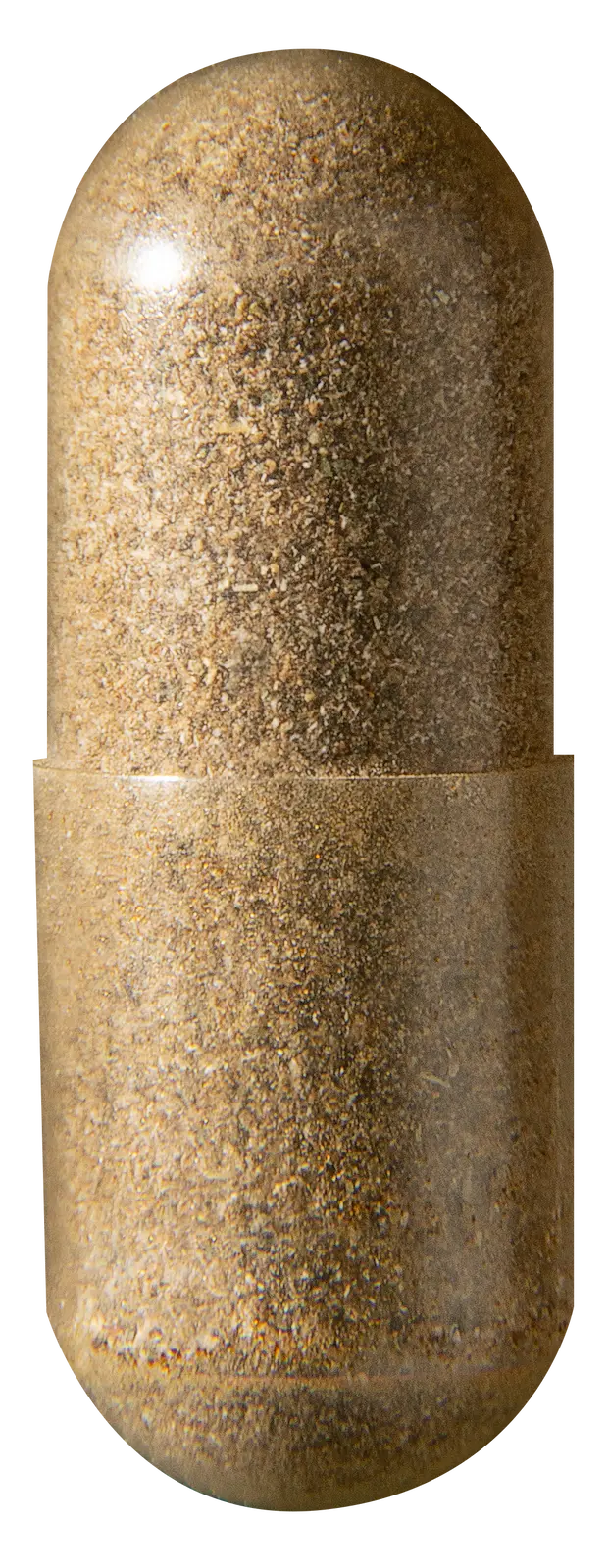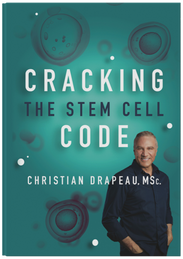Joint problems, whether classical arthritis or soft tissue injury, affect the lives of up to 30% of the population worldwide. While not life-threatening, joint problems can significantly reduce quality of life. The single most important predictor of arthritis is age, so the simple effect of time on the wear and tear of cartilage. And with an aging world population, this problem is not on the decline.[1] On the other hand soft-tissue injuries are on the rise due to an increased engagement by young and old alike in extreme or competitive sports.
What Causes Arthritis
Arthritis –or osteoarthritis to differentiate it with rheumatoid arthritis, which is an auto-immune disease– is characterized by a progressive and traditionally irreversible loss of cartilage. By nature, cartilage does not heal or repair very well because it has poor blood circulation. The gradual loss of cartilage leads to inflammation and pain, and ultimately to the inability to move the articulation. The only available treatments are essentially pain killers and anti-inflammatory drugs.
Stem Cells to the Rescue
Early on in the development of stem cell research, it was discovered that bone marrow stem cells had the ability to transform into cells of muscle and bone, and to support the reconstitution of tendon and cartilage.[2] One approach for the treatment of arthritis was to develop scaffolds made of organic matter, like polysaccharides, which would eventually dissolve but would provide a matrix upon which stem cells could form chondrocytes that would in turn make cartilage.[3] Others scientists used a more direct approach of simply injecting bone marrow stem cells directly into the joint, with or without scaffolding, along with various methods to help the stem cells stay within the joint and transform into cells capable of producing cartilage.[4][5][6]
Endogenous Stem Cell Mobilization and Joint Repair
In the course of these investigations, stem cells were documented as having the ability to migrate into an injured joint and to participate in tissue repair.[7] In one study, the release of stem cells from the bone marrow was stimulated in order to harvest stem cells from the patients with the purpose of later re-injecting these stem cells in the patient’s blood. In this study, 15% of the participants reported significant improvements after the simple procedure of releasing their own stem cells, without any stem cell injections.[8]
One noteworthy article reported the case of a woman who had suffered from debilitating rheumatoid arthritis for more than 10 years. At the time of the study, she was unable to bathe and dress herself unaided, and unable to walk. Consuming a natural stem cell enhancer daily, she began experiencing significant benefits after 3 months, with the recovery of the ability to walk and function autonomously after 1 year.[9]
Stem Cells Applied to Soft Tissue Injuries
Given the incidence of soft tissue injuries in competitive and professional sports, such as sprained ankles and torn ligaments, the application of adult stem cells for such injuries was also investigated. It was rapidly discovered that tendons contain their own stem cells called tendon-derived stem cells (TDSC) and these stem cells seem to be the most effective at repairing soft tissue injuries. That being said, TDSC are difficult to isolate and their number decreases with aging.[10] The second-best alternative is mesenchymal stem cells, which can help repopulate the TDSC pool.[11] Indeed, injection of bone marrow stem cells directly in the tendon led to significant repair.[12]

ESCM Can Help Repair Soft Tissues
It has also been observed that following an injury to a tendon or ligament, stem cells are being released from the bone marrow where they migrate directly into the damaged tissue and contribute to tissue repair.[13] So it is possible that simply enhancing stem cell release from the bone marrow could improve soft tissue repair. One study reported that Endogenous Stem Cell Mobilization (ESCM) improved recovery from a rotator cuff injury.[14]
In another study, a natural stem cell enhancer was given to professional soccer players who had ankle soft tissue injuries and could not start the season. The team had twelve players with ankle injuries, so six of the players consumed the stem cell enhancer daily while the other players used traditional therapies. The study reported that all players consuming the natural stem cell enhancer experienced reduction in pain during the healing process, greater range of motion and joint stability at 14 days, and were all able to return to play one week before the control group.[15]
Conclusion
More work needs to be done in order to identify the best and least-invasive approach to use stem cells for joint repair. But in the meantime, ESCM using natural stem cell enhancers can help support endogenous tissue repair and increase quality of life.
Sources:
-
Mesenchymal stem cell therapy in the treatment of osteoarthritis: reparative pathways, safety and efficacy – a review.
Freitag J, Bates D, Boyd R, Shah K, Barnard A, Huguenin L, Tenen A.
BMC Musculoskelet Disord. 2016 May 26;17:230. -
Stem cells for repair of cartilage and bone: the next challenge in osteoarthritis and rheumatoid arthritis.
Jorgensen C, Noel D, Apparailly F, Sany J.
Ann Rheum Dis. 2001 Apr;60(4):305-9. -
Regenerative approaches for cartilage repair in the treatment of osteoarthritis.
Li MH, Xiao R, Li JB, Zhu Q.
Osteoarthritis Cartilage. 2017 Oct;25(10):1577-1587. -
Mesenchymal Stem Cells and Their Clinical Applications in Osteoarthritis.Chang YH, Liu HW, Wu KC, Ding DC.
Cell Transplant. 2016;25(5):937-50. -
In Situ Recruitment of Human Bone Marrow-Derived Mesenchymal Stem Cells Using Chemokines for Articular Cartilage Regeneration.
Park MS, Kim YH, Jung Y, Kim SH, Park JC, Yoon DS, Kim SH, Lee JW.
Cell Transplant. 2015;24(6):1067-83. -
Intra-articular injection of mesenchymal stem cells for the treatment of osteoarthritis of the knee: a proof-of-concept clinical trial.
Jo CH, Lee YG, Shin WH, Kim H, Chai JW, Jeong EC, Kim JE, Shim H, Shin JS, Shin IS, Ra JC, Oh S, Yoon KS.
Stem Cells. 2014 May;32(5):1254-66. doi: 10.1002/stem.1634. -
Mobilization of bone marrow-derived mesenchymal stem cells into the injured tissues after intraarticular injection and their contribution to tissue regeneration.
Agung M, Ochi M, Yanada S, Adachi N, Izuta Y, Yamasaki T, Toda K.
Knee Surg Sports Traumatol Arthrosc. 2006 Dec;14(12):1307-14. -
Autologous hemopoietic stem cell transplantation in severe rheumatoid arthritis: a report from the EBMT and ABMTR.
Snowden JA, Passweg J, Moore JJ, Milliken S, Cannell P, Van Laar J, Verburg R, Szer J, Taylor K, Joske D, Rule S, Bingham SJ, Emery P, Burt RK, Lowenthal RM, Durez P, McKendry RJ, Pavletic SZ, Espigado I, Jantunen E, Kashyap A, Rabusin M, Brooks P, Bredeson C, Tyndall A.
J Rheumatol. 2004 Mar;31(3):482-8. - The Therapeutic Potential of Stimulating Endogenous Stem Cell Mobilization. In: Tissue Regeneration – From Basic Biology to Clinical Application. Drapeau C, Eufemio G, Mazzoni P, Roth GD and Strandberg, S. InTech Open, 2012.
-
Tendon-derived stem/progenitor cell aging: defective self-renewal and altered fate.
Zhou Z, Akinbiyi T, Xu L, Ramcharan M, Leong DJ, Ros SJ, Colvin AC, Schaffler MB, Majeska RJ, Flatow EL, Sun HB.
Aging Cell. 2010 Oct;9(5):911-5. -
Mesenchymal Stem Cells Empowering Tendon Regenerative Therapies.
Costa-Almeida R, Calejo I, Gomes ME.
Int J Mol Sci. 2019 Jun 19;20(12). -
Study of Bone Marrow Mesenchymal and Tendon-Derived Stem Cells Transplantation on the Regenerating Effect of Achilles Tendon Ruptures in Rats.
Al-Ani MKh, Xu K, Sun Y, Pan L, Xu Z, Yang L.
Stem Cells Int. 2015;2015:984146. -
Acute mobilization and migration of bone marrow-derived stem cells following anterior cruciate ligament rupture.
Maerz T, Fleischer M, Newton MD, Davidson A, Salisbury M, Altman P, Kurdziel MD, Anderson K, Bedi A, Baker KC.
Osteoarthritis Cartilage. 2017 Aug;25(8):1335-1344. -
The effect of granulocyte-colony stimulating factor on rotator cuff healing after injury and repair.
Ross D, Maerz T, Kurdziel M, Hein J, Doshi S, Bedi A, Anderson K, Baker K.
Clin Orthop Relat Res. 2015 May;473(5):1655-64. -
Use of the stem cell mobilizer SE2® as part of conventional treatment on ankle injuries to expedite recovery in professional soccer players.
Garber M, Mazzoni P, Nazir C, AND Drapeau C.
J. Advancement in Medical and Life Sciences, 2(3); 2015.





